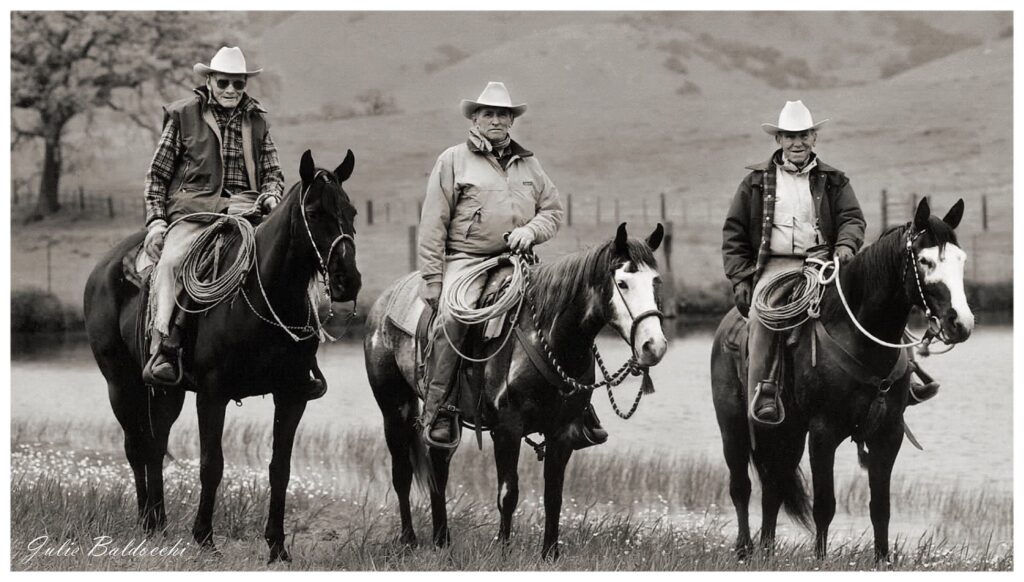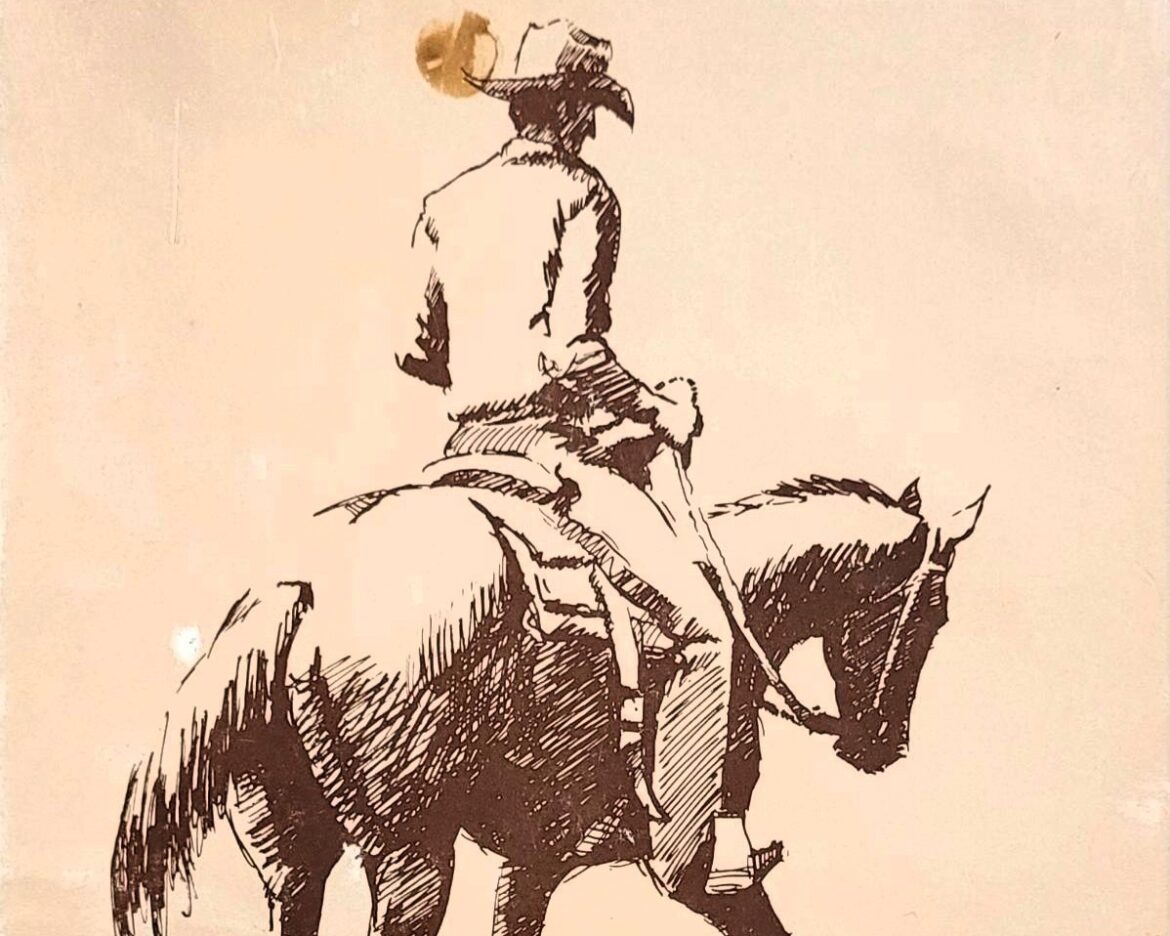Ray Hunt was probably the best disciple Tom Dorrance ever had, his understanding of Tom’s approach is really good and he had — on my mind — a better capacity to express ideas. This book is a perfect explanation of the philosophy behind natural horsemanship.
Table of Contents
Ray Hunt is considered as a mentor by many well known horsemen in the USA. He actually recognized that he owed a lot to Tom Dorrance who opened doors for him. Yet, when you read this book you can clearly see that Ray had his personal point of view.
Think Harmony with Horses: An In-depth Study of Horse/Man Relationship is composed of three parts: The first one is written by Ray Hunt himself and enunciates his gentle and comprehensive approach of horses, when the second deals with practical questions he has been asked along the clinics, finally the third part has been written by one of his students to expose the actual methods used during a clinic.
Tom Dorrance inheritance
Of course, we can find Tom Dorrance’s philosophy in these pages:
- “My belief in life is that we can all get along together if we try to understand one another.”
- “When you ask your horse to do something it should be his idea.”
- “You make the wrong things difficult and the right things easy.”
- “To digest [horsemanship] goals in the capsule form a person need only know ‘feel, timing, and balance’.”
These men had a friendly relationship, and Tom Dorrance helped Ray Hunt to find a way to communicate better with his horse. Yet, it looks like Ray Hunt had already a particular sensitivity toward horses and eventually developed his own personal approach. Reading the book again, I could point out the two main subjects highlighted by the horse whisperer.

Way of life
On my mind, Ray Hunt has the capacity to present the vague descriptions of Tom Dorrance’s concepts into a crystal clear English. And the first one is that being a horseman, spending time with horses _ if you want to do it correctly of course _, demands that you question yourself.
“You will find out what I’m talking about is a way of life.”
Think Harmony With Horses, Ray Hunt
He mentions how important it is that we become the only judge of our doings, we do not owe anything to others and we are “the only person [we] have to prove anything to in [our] life”. It might sound futile to some people, but it’s a key to good horsemanship, eventually it’s a key to a happy life! That implies that we have to do the necessary to give the best of us every time we do something with a horse, we have to criticize our behaviour and our acts, to learn from our mistakes without shame or guilt, and try to be even better the next day…
Dance in harmony
The second key to Ray Hunt’s horsemanship is harmony, rhythm. Page after page, the horseman gives us examples of what we should feel with our horse.
“You feel of your horse, you feel for your horse, then you both feel together.”
Think Harmony With Horses, Ray Hunt
That enigmatic sentence makes actually a lot of sense and should be known to all riders who wish something else than a battle in the pen with their horses: first you should pay attention to your horse’s attitude, and feel how he is right now; second, you ask your horse to offer you softness and lightness; last, your horse responds to your request and feels your touch, so he gives it back to you, consequently you can feel together. I think that is also the most difficult part of horsemanship as it demands a lot of empathy and patience from us. Two qualities that are eradicated by our modern society…

Ray Hunt’s book is a must have
There are more practical explanations in these pages, and Ray Hunt tells us how we should be aware _ all the time _ of the position of our horse’s feet. It’s a question of logic as we should ask for a right turn when the right front foot leaves the ground, not before, not after. That is the same with the hind left foot when you ask your horse to yield the hindquarters from his left side. Do not ask before, nor after. Ancient Greeks had a special word for this: Kairos, the opportune moment.
Think Harmony With Horses is a must have, and a must read and read again. If natural horsemanship was a religion, that book would be the Bible. I read it three times this year and discovered new nuggets every time I opened the book. As our horsemanship improves (hopefully it should improve), our experience is developed, then we have the capacity to understand new ideas and to incorporate them in our daily practice with horses.
So, if you have money for one book only, one source of horsemanship: This is it!!!

